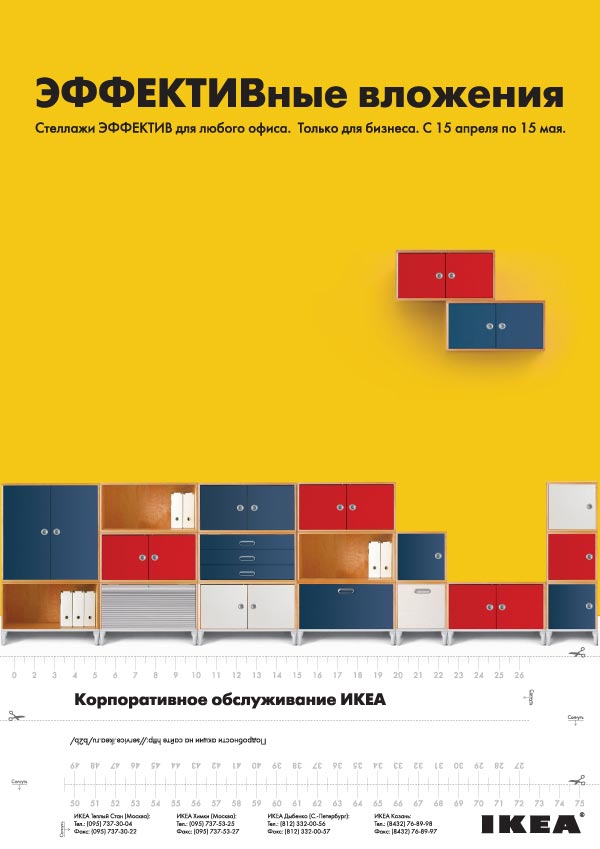Graphic Design: Difference between revisions
Jump to navigation
Jump to search
No edit summary |
No edit summary |
||
| Line 1: | Line 1: | ||
{{Definition|'''Graphic design''' is the applied art of arranging image and text to communicate a message. Combining text and image in a coherent way allows images to be explanations or ''visualizations'' of corresponding parts of text and vice versa.}} | {{Definition|'''Graphic design''' is the applied art of arranging image and text to communicate a message. Combining text and image in a coherent way allows images to be explanations or ''visualizations'' of corresponding parts of text and vice versa.}} | ||
[[Image:graphicdesign.jpg|thumb|250px|Graphic design]] | [[Image:graphicdesign.jpg|thumb|250px|Graphic design: IKEA–commercial by Art Lebedev]] | ||
Trying to communicate complex information by forming a visually intuitive representation graphic design turns out to be a special case of [[information visualization]], yet it tends to ignore the practical ''form follows function''–doctrine that — the sole guideline for ''InfoVis'' — and tries to produce not only useful, but even more aethetically satisfying (''stylish'') visual impressions. | Trying to communicate complex information by forming a visually intuitive representation graphic design turns out to be a special case of [[information visualization]], yet it tends to ignore the practical ''form follows function''–doctrine that — the sole guideline for ''InfoVis'' — and tries to produce not only useful, but even more aethetically satisfying (''stylish'') visual impressions. | ||
Revision as of 02:36, 18 May 2005
Graphic design is the applied art of arranging image and text to communicate a message. Combining text and image in a coherent way allows images to be explanations or visualizations of corresponding parts of text and vice versa.

Trying to communicate complex information by forming a visually intuitive representation graphic design turns out to be a special case of information visualization, yet it tends to ignore the practical form follows function–doctrine that — the sole guideline for InfoVis — and tries to produce not only useful, but even more aethetically satisfying (stylish) visual impressions.
External links
- Klasse Hickmann: Graphic design project at the University of Applied Arts Vienna
- ArtLebedev: Lebedev studio